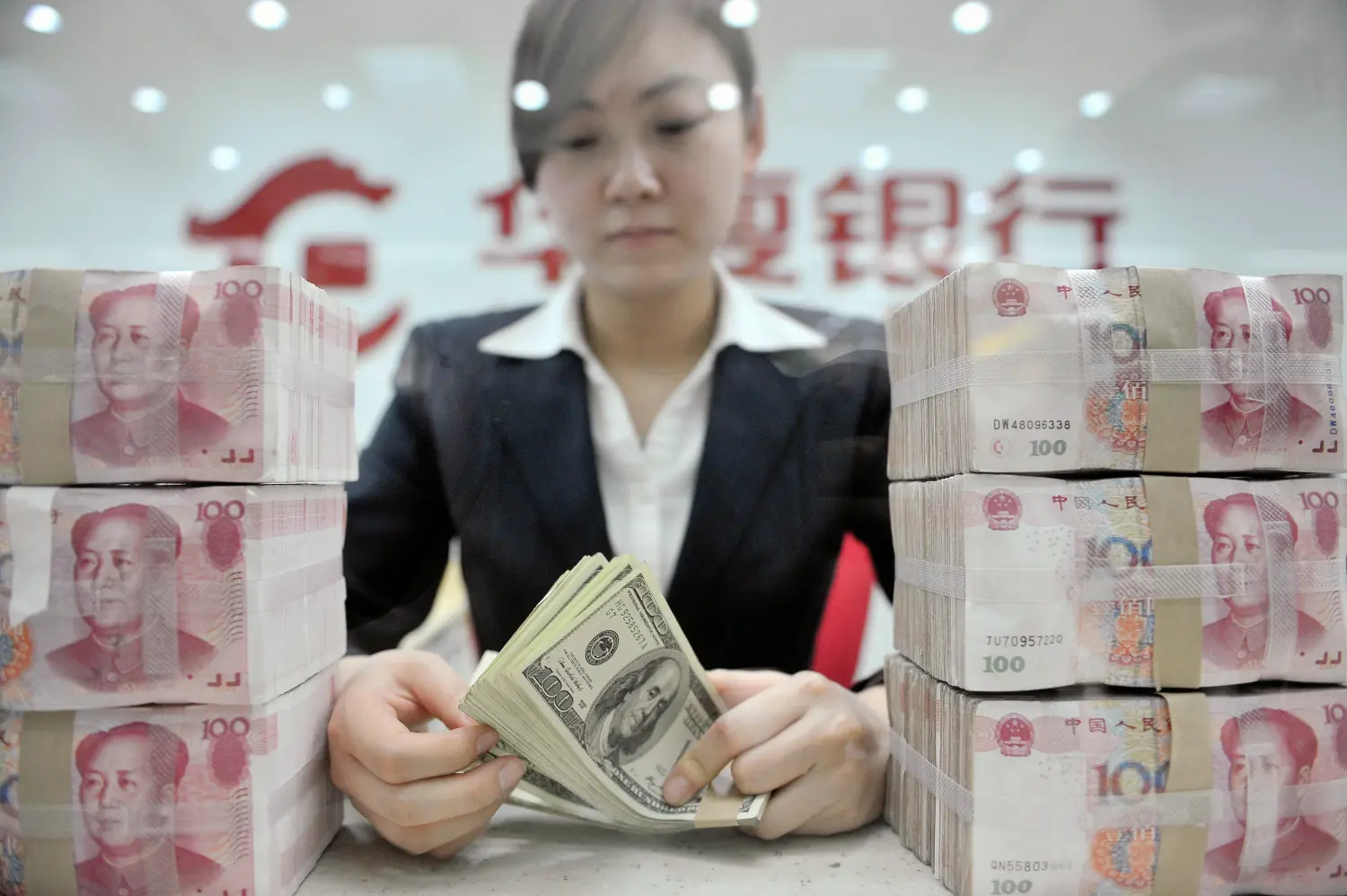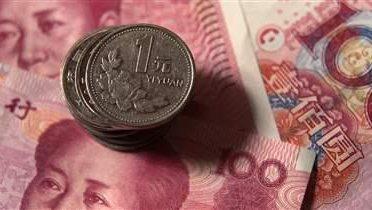China’s economy is now the second largest in the world and a key driver of global growth. Its currency, the renminbi (RMB), was only recently elevated to the status of an official reserve currency. The potential for the RMB to develop quickly into an international currency is not without historical precedent. However, any discussion of the RMB’s ascendance might seem premature given that China has neither a flexible exchange rate nor an open capital account, once considered essential prerequisites for a country’s currency to have a major role in global financial markets.
This report outlines some of the steps taken in recent years by the Chinese government to promote the international use of the RMB, which in turn is linked to moves to open up China’s capital account. Given China’s rising shares of global GDP and trade, these steps are gaining traction and portend a rising role for the RMB in global trade and finance. The report then reviews the potential implications of these changes for capital flows into and out of China. The report evaluates the progress that China has made in various aspects of financial market development and discusses the close relationship between those reforms, capital account openness, and the international role of the currency. It also discusses the prospects for the RMB becoming a reserve currency and the implications that could have for the global configuration of reserve currencies and the U.S. economy.
The Chinese government’s approach to policies that promote the RMB’s use as an international currency is closely linked to domestic macroeconomic objectives and financial market development. The RMB’s impact on the global monetary system—in particular whether it will contribute positively to global financial stability—depends on the manner and speed with which China opens up its capital account and develops its financial markets as well as on the other policy changes put in place to support this process and the implications for China’s own growth and stability.
This report analyzes three aspects of the RMB’s role in the international monetary system: (i) the trajectory of the RMB’s “internationalization”; (ii) the likelihood and timing of China’s path to currency convertibility (an open capital account with no restrictions on capital inflows or outflows); and (iii) the prospects of the RMB becoming a major reserve currency. The report will evaluate these three related but distinct elements within a unified conceptual framework and evaluate their implications along two dimensions: first, by reference to the balance and sustainability of China’s own economic development; and second, by reference to the associated implications for the global monetary system, including for the U.S. dollar’s status as the dominant reserve currency.







